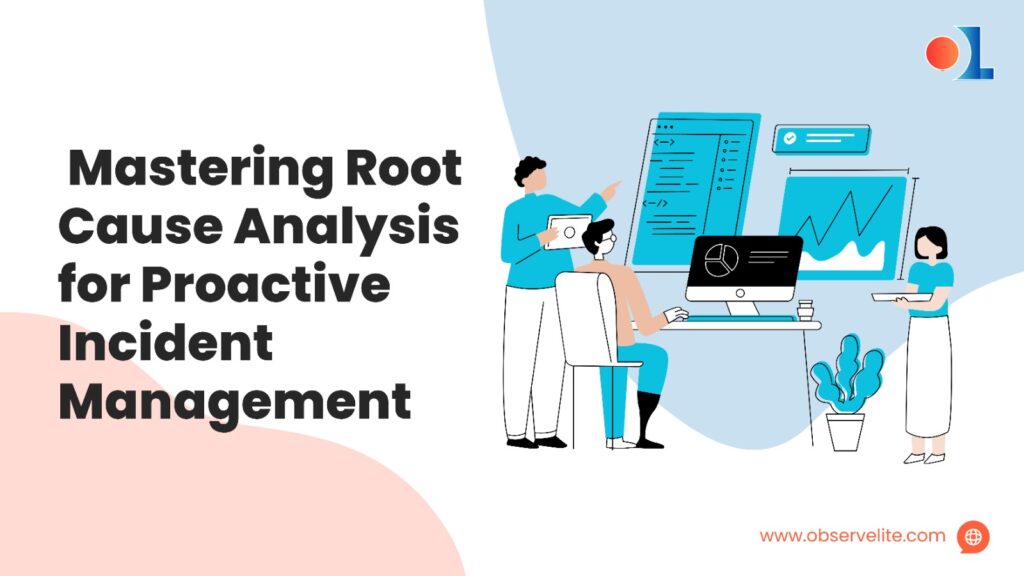Reactive is easily recognized as an arch-enemy of any organization that acknowledges the need to cut down its production line. Ascending to fix the acute problem is imperative; nonetheless, it cannot be the only path while occurrences occur. In order to apply effective and timely incident management, it is necessary to eradicate those events that interrupt work to ensure they do not repeat themselves and also develop the organizational climate.
Root Cause Analysis: Basic Concepts
Benefits of a Good Root Cause Identification
◈Reduced Downtime:Getting to the root of the problem also minimizes the chances of other similar incidences, saves time used in solving detrimental issues, and thus promotes the sound operations of the business.
◈Improved Efficiency: In other words, RCA assists in handling incidents because it defines the problem. This implies that solutions are obtained with greater efficiency, and the resources needed for offering fire brigade solutions are freed up.
◈Cost Savings:They all understand that a repetitive situation is costly, and any solution must be able to address this issue squarely on the organizational level.
Tools and Technologies
It is also worthwhile to add that technology might help increase the efficiency of your RCA efforts severalfold. Consider these tools:
◈Ticketing Systems: All of the ticketing systems can show the timeline and details of the incident and communicate with the members during the RCA investigation.
◈Data Analytics Tools: It involves analyzing past events to make a prognosis of potential future difficulties.
◈RCA Software: It is also possible to utilize the adequate specialized RCA software which can allow for the direct acquisition of the required data, offer the indicated templates for the pertinent work to flow correctly, and offer visualization tools that facilitate the analysis.
Root Cause Analysis Examples
Let’s see how RCA can be applied in real-world scenarios:
Frequent server crashes: This means that RCA could reveal causes such as hardware failure, software issues, or a lack of adequate power supply. The excluded causes are those considered to be a cause of future accidents.
Application performance issues: Analyzing or performing a review on the list of users’ complaints or studying the system’s log may lead to identifying resource constraints, the rate of I/O completion on databases, etc. , or in other words, code that is not optimized. The application is optimized when these problems are addressed. Discover our blog best practices for performance optimization.
Network security breaches: RCA’s reaction following a security breach could be the revelation that your company’s network topology is flawed, employees were not trained adequately, or programs are outdated.
Best Practices for Root Cause Analysis
Gather Comprehensive Data: Collect anything associated with the event, such as logs, clients’ outcry, and systems checklists. However, with more data, it is easier to determine the actual problem because more constituents are in question, and it is easier to locate similarities
Form a Diverse Team: During RCA investigations, include workers from other departments and those with Technical skills to broaden the team’s perspective on the problem being investigated.
Conclusion
Hence, RCA control changes from merely being on the defensive through ‘firefighting’ to integrating incident prevention as a priority.
Suppose you would like to bring in and highlight recognizable forms of root causes, and accurate action plans, and track the journey to establishing an incident management program. In that case, you need a robust RCA solution from a reliable provider like ObserveLite.


